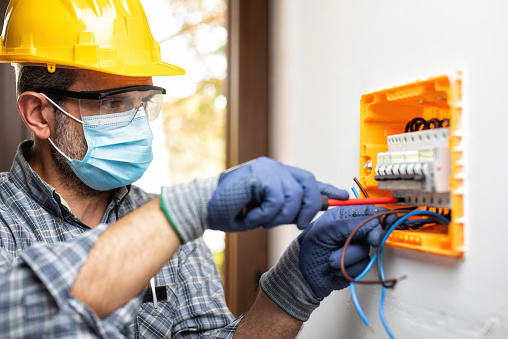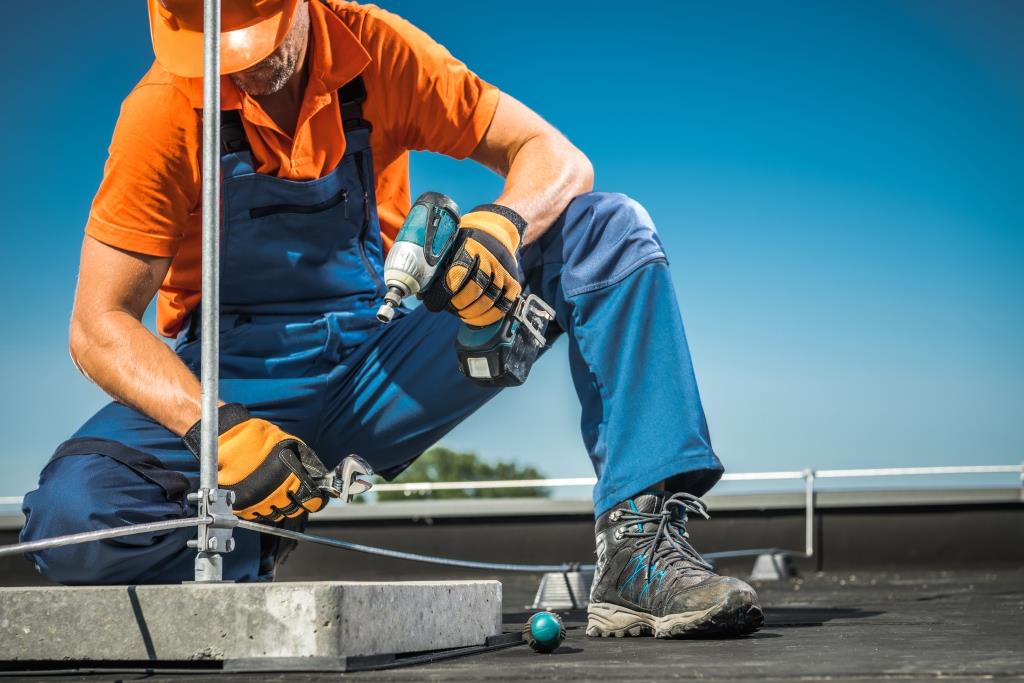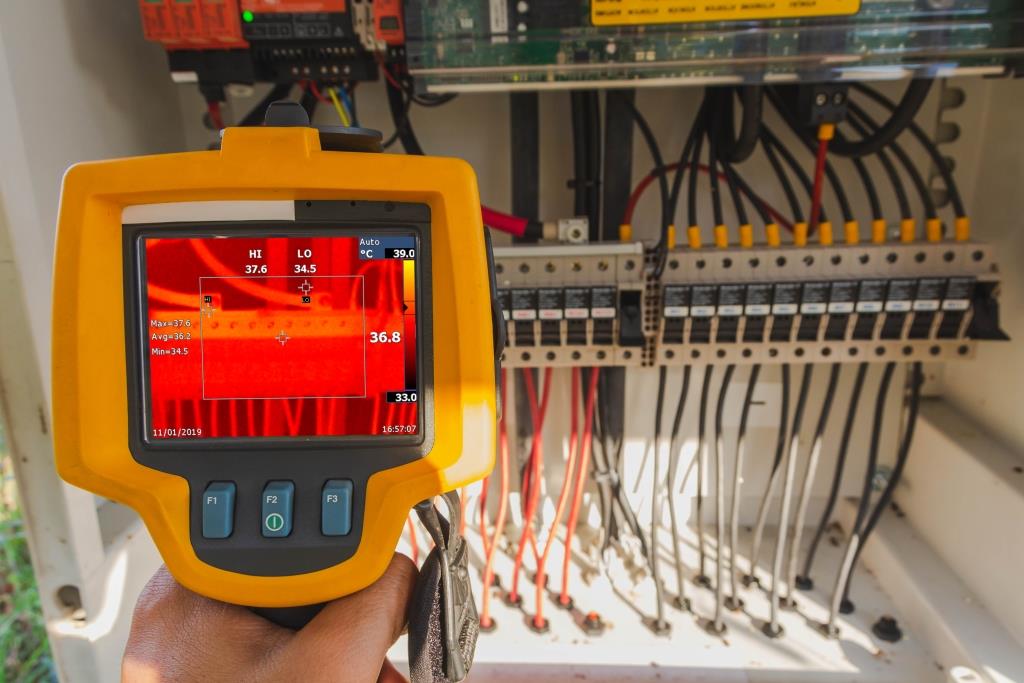In the first six months of 2021, Delhi Fire Service responded to over 13,700 calls, out of which 8,700 were fire incidents. This alarming statistic reflects a lack of awareness regarding fire suppression systems and an effective fire safety plan. Every successful fire protection plan includes an efficient fire suppression system. This article enlists what a fire suppression system is, its working and the various kinds of fire suppression systems available in the market.
Fire Suppression System: Investment that Guarantees Enhanced Safety
Fire Safety Planning prevents fire by controlling fire hazards in the building, ensures operation of fire protection systems through maintenance procedures, and provides a systematic method of safe evacuation from the building in the event of a fire. A fire suppression system is a crucial part of any fire safety plan.
Every business and residential association must ensure the safety of human and physical assets, especially in fire hazards. An ideal fire suppression system should curb fire accidents at their site of origin without any human interference. Today’s advanced fire suppression systems can detect flames, sound an evacuation alarm and douse fire simultaneously.
Moving on to the installation side, the fire protection device installed in an industry that manufactures electrical equipment is different from the fire protection device installed at a movie theatre. The point is, based on the area of application, the fire protection devices vary. To comprehend their mechanism and determine which fire suppression system is best for you, it is beneficial to understand more about them.
What goes in a Fire Suppression System?
Have you seen a fire suppression system installed at a facility? There is a lot of chemistry involved in the functioning of a fire suppression system.
Fire is a result of a combustion reaction between the reactants – oxygen and fuel. The term ‘fuel’ here refers to a burning substance, which is a hydrocarbon in general. What a fire suppressing agent does is, it simply cuts the supply of oxygen from the burning fuel.
The suppressing agents per various classes of fire and how one can plan the installation of fire suppression devices at any facility differ according to the needs and usage. There are different types of suppressing agents for different classes of fire as per the “National Fire Protection Association” (NFPA) standards.
Classification of Fire as per NFPA standards:
The usage of suppressing agents is highly dependent on the Class of Fire and improper use of suppressing agents may lead to severe consequences.
Let us take a look at the types of Fire Suppressing Agents:
- The Generic Fire Suppression Agents – Water and Foam:
Water and Foam are the most common fire extinguishers which are readily available to us. Although water can extinguish the fire by hindering the combustion reaction between fuel and oxygen, it is highly recommended for Class A fires. Using water against class B leads to the spreading of the flammable liquid and their usage in class C could create an electric shock due to its ability to conduct electricity.
Foam Extinguishers can be used for both Class A & Class B fires. The strong cohesive qualities of foam make it capable of clinging to the surfaces, cools the hot surfaces by its water retention ability, seals the surface of the liquid, forms an air excluding blanket which prevents the flammable vapour from interacting with oxygen present in the air.
- Aerosol-Based Fire Suppression:
Condensed aerosol is another new class of extinguishing medium which consists of ultra-fine solid particles – generally less than 10 microns in size. This extinguishing agent is generated by a self-contained exothermic reaction and is proven to be ten times more effective than gaseous extinguishers.
The stable molecules are responsible for fire suppression. These stable molecules are formed as a result of the reaction between the aerosol and the flames. Moreover, they remain suspended in the air for a prolonged duration of up to 1 hour – thus making it one of the most effective fire extinguishing agents.
For example, Aerosols that contain potassium which possesses highly extinguishing characteristics, forms Potassium Hydroxide, Potassium Hydride, Water Vapor, and Potassium Oxide upon reacting with hot flames.
- Carbon Dioxide Fire Extinguishers:
Gases like Carbon Dioxide, Argon, Nitrogen, and other inert gases are particularly useful in flame suppression when water, foam, and powder suppressing agents are ineffective against the flames.
Unlike a foam extinguisher that leaves residue after the combat with flames, CO2 extinguishers do not leave any residue. Suitable for both Class B and C fire, Carbon Dioxide Fire Extinguishers suppress the fire with an intense cold discharge. Thus, they take away oxygen from the flame and remove the heat. The gaseous fire suppression system is both cost-effective and easy for clean-up.
- Dry Powder and Dry Chemical-based Fire Suppressing Agents:
Powder-based suppressing agents are effective only against class D fires or combustible metal fires. Made of granular particles, this fire suppressing agent includes Copper, Sodium Chloride and Graphite as constituents in the mixture.
On the other hand, a Dry Chemical-based suppressing agent is a mixture of additives and tiny particles of metal-bicarbonates (Sodium Bicarbonate/Potassium Bicarbonate) or Ammonium Phosphate. However, the usage of metal bicarbonate suppressing agent phosphate is quite suitable for extinguishing the flames of Class B & C. Similarly, the use of Ammonium Phosphate is applicable against the fire of classes A, B, and C.
- Wet Chemical Extinguishers:
This suppressing agent is highly effective against the class K and class A fires. The Wet Chemical Extinguisher is a mixture of water and additives, which chemically react with fats in cooking oil. The constituents of wet chemicals react with the flames to create a thick, soapy barrier between oxygen and the supporting fuel. The quick flame knock-down ability as that of Dry Powder and Foam cuts off the oxygen supply and extinguishes the fire with a heat-resistant blanket.
Fire Safety Preparedness: Where Do We Stand Now?
It is prudent to use the most advanced fire detection methods and suppression in this day and age. Traditional hazard fire protection systems necessitate costly installation, frequent maintenance, piping space, weight-bearing fixtures, and numerous other modifications. Fire suppression systems should be cost-effective, easy to maintain, and quick to respond.
Classification of fire suppressing agents per various classes of fire and how one can plan the installation of protection devices at any facility is quite essential. But it is recommended that high-rise residential complexes, commercial buildings, and enterprises install a fire suppression system that works on different classes of fire – providing safety in all scenarios. VNT’s Stat-X Aerosol technology is an effective fire suppression solution designed to address traditional solutions’ shortcomings.
VNT’s Approach to Fire Safety Solutions
It is critical to invest in appropriate fire safety systems to avoid unnecessary costs and risks to a company’s assets. Successful fire suppression is a complex task that necessitates a diverse set of products, systems, and expertise. VNT has provided industry-leading fire safety solutions to large-scale projects and established clientele in collaboration with Fireaway Inc. as a technical and business partner (with the latter leading the international market with its development of the Stat-X Condensed Aerosol Fire Suppression System). All of our fire safety solutions are in accordance with international standards such as NFPA 2010 and UL 2775, and they play a vital role in protecting facilities and individuals from fire hazards.If you would like to see for yourself how VNT India can help you simplify support and put customers first, write to us.










